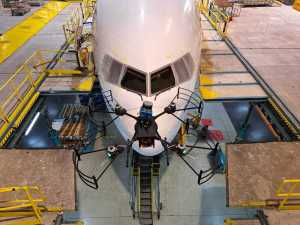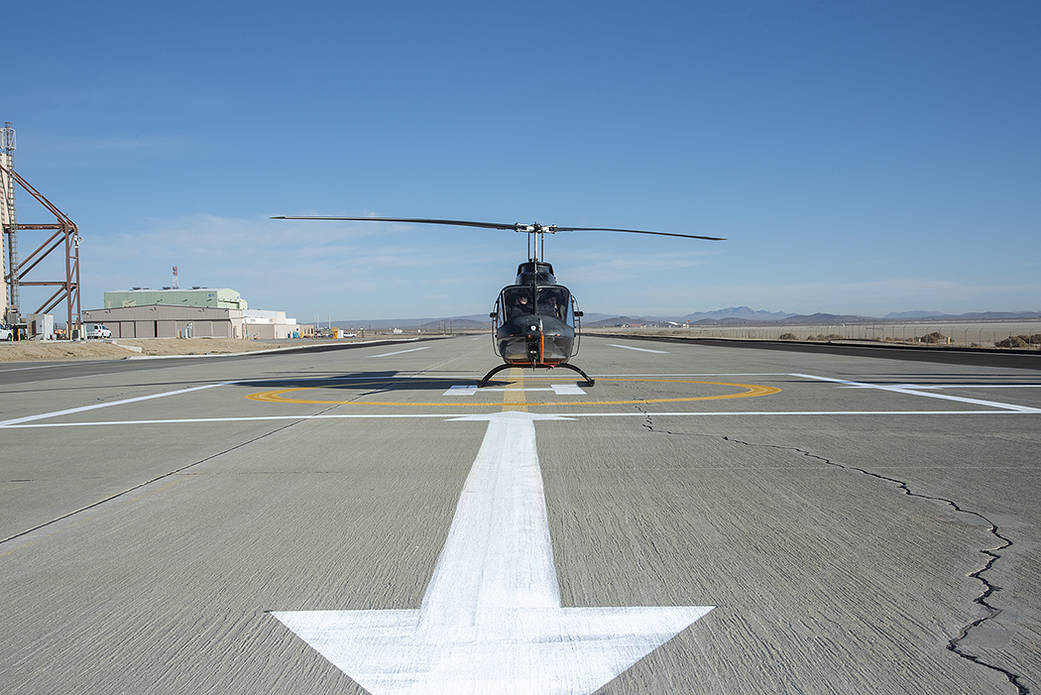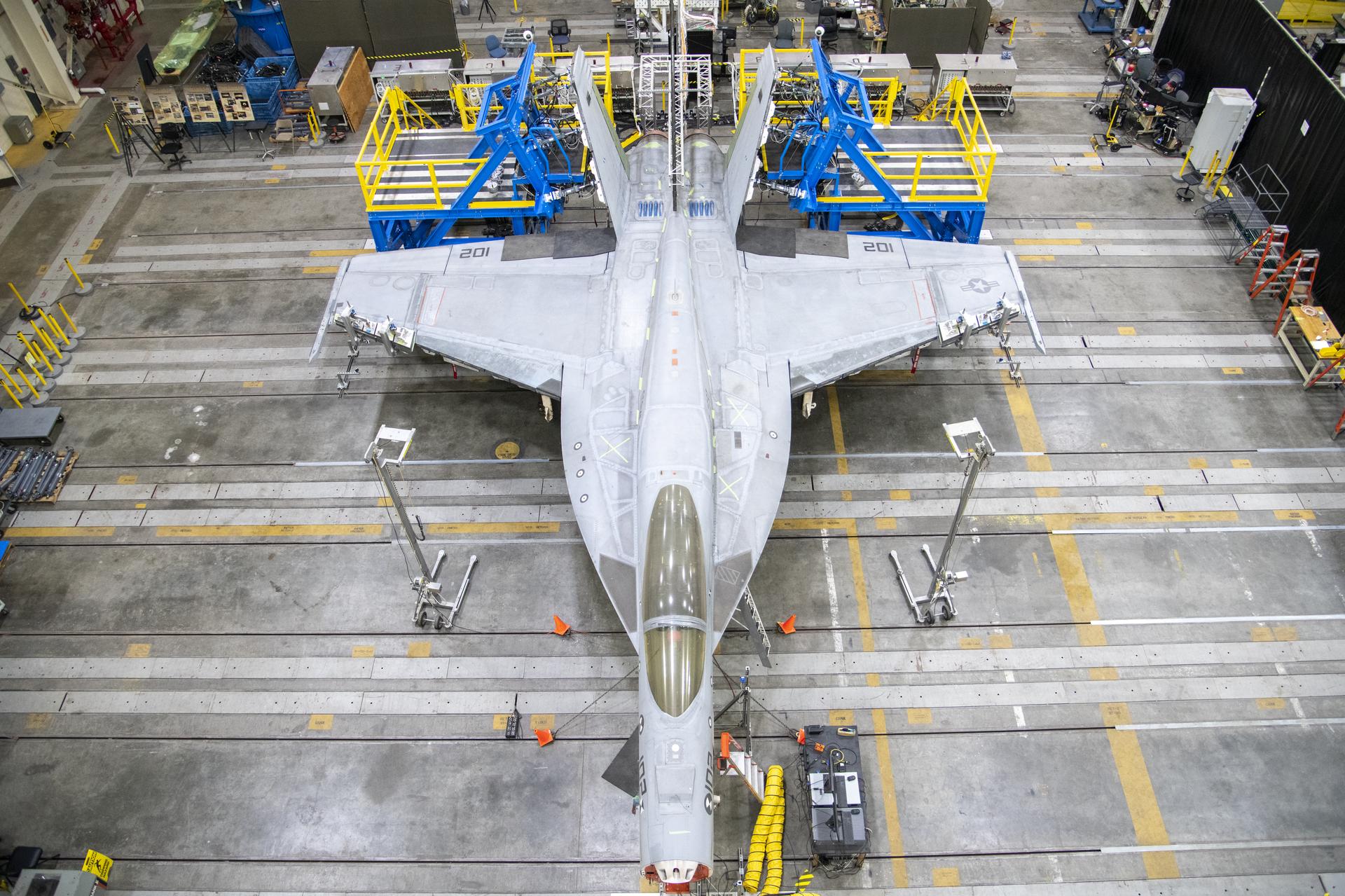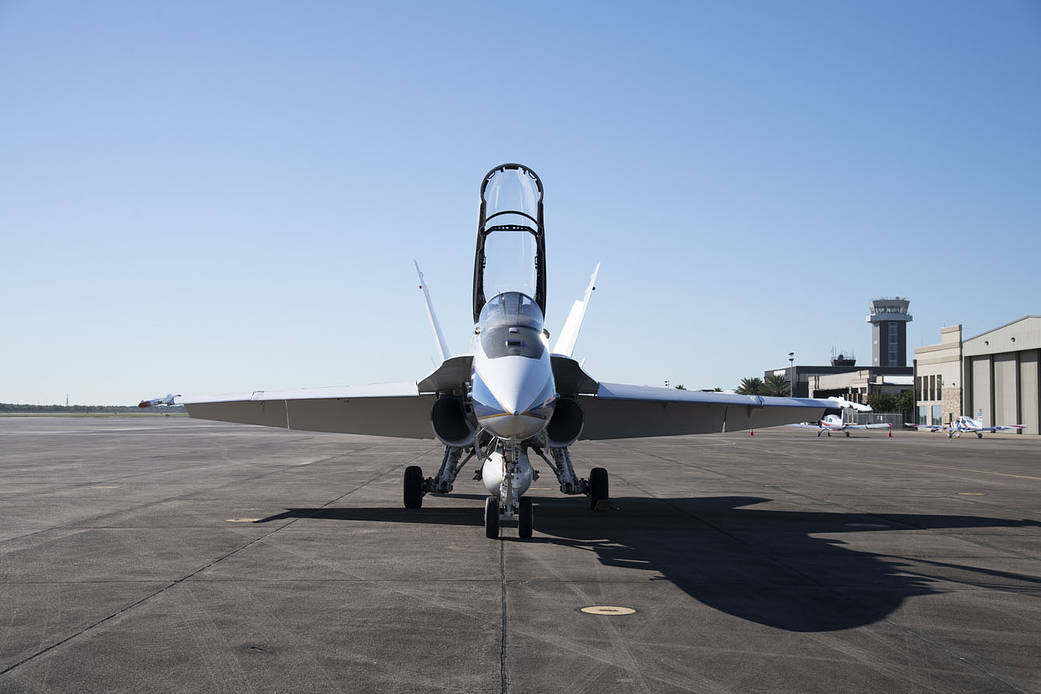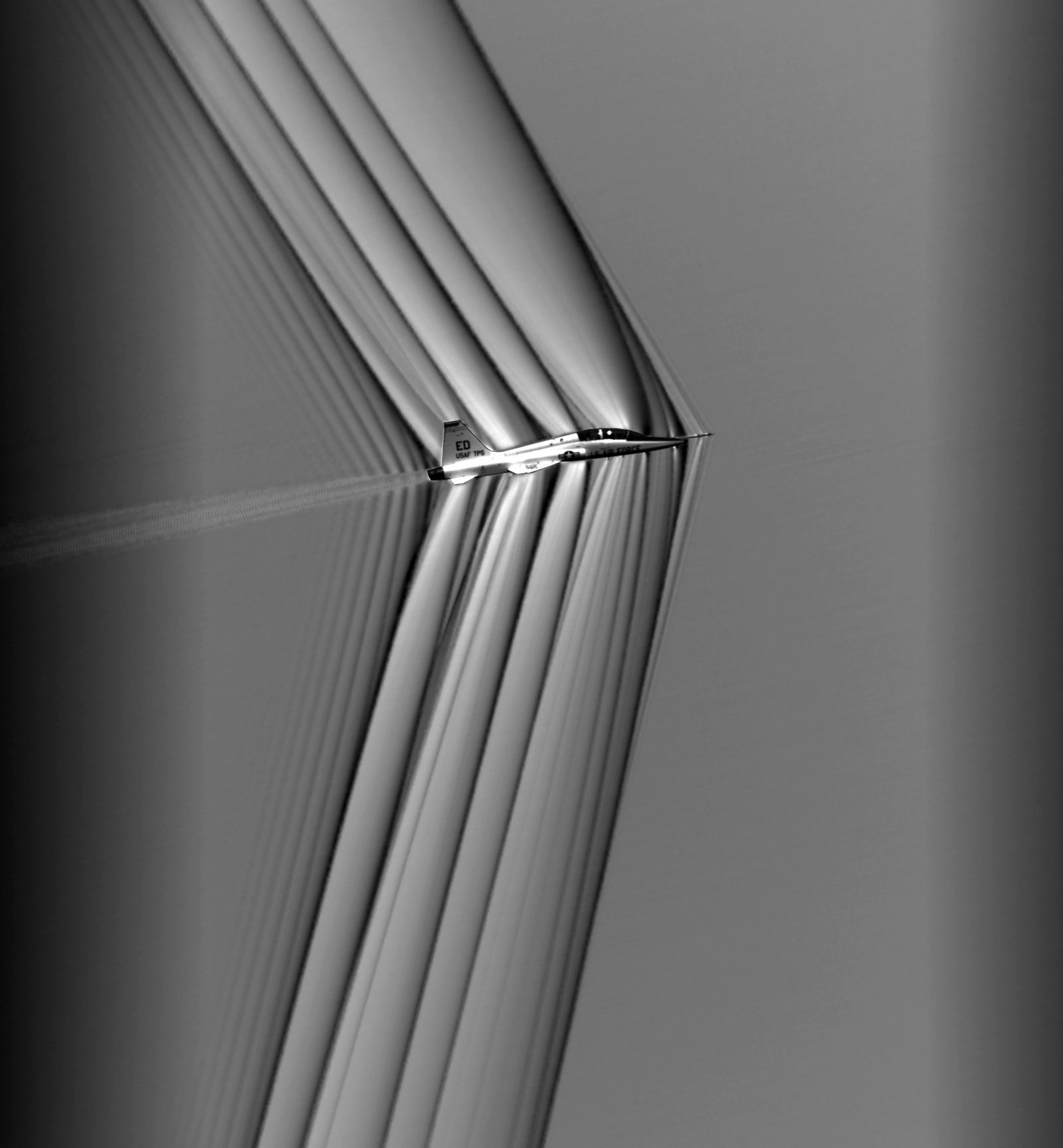
Sound never looked so good! Using a special handheld camera, researchers at NASA Armstrong Flight Research Center in Edwards, California, recently captured images of the shock waves coming off F-15B research aircraft. Armstrong continues to refine its use of a process called Schlieren photography, which captures images of sound shock waves, to support the Quesst mission and its centerpiece, the X-59 quiet supersonic aircraft.
During a Dec. 16 flight test, Armstrong researchers acquired their latest images using upgraded equipment from previous experiments. A photographer captured the shock waves from an F-18 support aircraft flying below the F-15.
“This is all in preparation for X-59. We want to be able to have a proven system to be able to image the shock waves of the X-59,” said Ed Haering, principal investigator for the Schlieren photography. “That way we can have proof of the shockwave distribution around the X-59 that hopefully will result in the quiet thump on the ground.”
Much like how a hot surface in summer changes nearby air density, making objects in the background appear blurry, Schlieren photography uses bended light to create images of shock waves. Schlieren photography uses a textured background, such as the edge of the Sun or spots on the Sun, to visualize changes in air density created by an aircraft.
As light rays flow around an aircraft, the change in air density caused by the airflow bends the light, making the edge of the Sun and sunspots appear to move. Software then calculates how each spot moved and reconstructs the shockwave into a Schlieren image.
While NASA’s use of Schlieren photography focuses on being able to one day see the unique shock waves from the X-59, its applications go beyond the Quesst mission. Researchers could also apply the technique to designing other aircraft or improving airflow – and fuel economy – of trucks, Haering said. They could even use it to optimize the placement of wind turbines, he said.
“We hope to have this as a ready service for Armstrong or others to use to evaluate their vehicles,” Haering said. “Knowing where the air is really moving tells you a lot about what your vehicle is doing, how efficient it is, and how you can make it better.”
NASA plans to conduct additional flights to test the handheld camera for late winter or early spring 2023. For those tests, a photographer will capture the F-15B from an aircraft 10,000 feet away. The two aircraft will fly in sync at different altitudes to see if this results in a loss in clarity of the images. By figuring out what factors affect clarity, researchers can set up better experiments in the future,
“We did similar tests like this in 2014,” Haering said. “We are reconstituting the equipment with a better camera and providing better pilot guidance.”
Researchers are planning on incorporating a new Schlieren system for future testing – a wing-mounted pod will serve as the primary camera. The handheld camera will serve as a backup.”
For tests later this year, researchers will attempt two types of shots. The first, which Haering calls a normal view, will have both aircraft flying parallel paths and the photographer shooting straight across at the other plane.
“As you get higher the density is lower and lower, so the shock waves should start to disappear, but we don’t know where,” Haering said. “Hopefully it’s above 60,000 feet. That altitude is the maximum planned for X-59 flights.”
For the second type of photos, one aircraft will fly behind the other at a different altitude. With the airplanes keeping the same distance apart, the team will try different angles to see at what point the shock waves may start to disappear.
The Quesst mission aims to design and build NASA’s X-59 research aircraft with technology that reduces sonic booms to gentle thumps. NASA will fly the X-59 over U.S. communities to be selected in the future and gather data on human responses to the sound generated during supersonic flight. The agency will deliver that data set to U.S. and international regulators so that they may reconsider regulations prohibiting commercial supersonic flight over land.





























